Celebrating Canadian Innovators
The Governor General’s Innovation Awards celebrate unique individuals who have risen to the challenge of finding solutions to the world’s increasingly complex problems with collaboration, interdisciplinarity and inclusivity, using technology to bridge divides and empower others. This year’s laureates make Canada safer, more connected, smarter, healthier and more strongly positioned to continue to impact the world. The following are winners of the Governor General’s 2019 Innovation Awards, to be recognized at a ceremony at Rideau Hall May 29th.
Jacqueline Milczarek
Dr. Trevor Bell
GGIA citation: Sea ice is not only a hunting platform and travel highway, it has for centuries defined Inuit culture and identity. Now, because of climate change, Inuit are increasingly concerned about their travel safety and the impacts that declining ice conditions are having on community wellbeing. Specially designed technologies such as the SmartQAMUTIK and SmartBUOY empower communities to monitor their own ice trails. For the first time, such technology is being produced for Inuit communities by Inuit youth in Inuit Nunangat (Inuit homeland in Canada) and Inuit Qaujimajatuqangit (Inuit societal values and knowledge) is being combined with technical training for Inuit to operate and manage SmartICE services in their communities.
Dr. Trevor Bell has witnessed what many us of us may never experience in a lifetime—watching the devastating effects of climate change unfold first-hand in the Canadian Arctic. “For many people around the world, they see a polar bear and they think that’s who’s being impacted by climate change in the Arctic, in fact they don’t realize there are people living in the Arctic,” says Bell- a noted field scientist, geographer and research professor at Newfoundland’s Memorial University. The magnitude of problem hit home for Bell in the winter of 2009-10 while he was working in Nunatsiavut. “One in twelve people had fallen through the ice,” he recalls. “That’s especially traumatic. That’s like every 12th car on the freeway crashing.” The cause of the disaster was rapidly thinning sea ice conditions that not only caught local Inuit off-guard, but left them afraid to venture out on trails that they and their elders had been using for centuries, impacting how they hunt and travel. The Nunatsiavut government asked Bell to find a solution.

And so, the SmartICE project was launched. Bell knew his technology would be far more powerful if he could integrate some of long standing navigational skills of local Inuit and had heard about a local group called Ikaarvik: Barriers to Bridges, and Andrew Arreak. Arreak became a core part of the SmartICE team in Pond Inlet, bringing valuable Inuit community feedback to test and develop new products like the SmartQAMUTIK—a mobile ice thickness sensor that can be mounted on a sled. Ikaarvik and SmartICE continued to partner on the project in Pond Inlet and in 2016, both were part of the team that won the Artic Inspiration Prize. The win inspired Bell and his team to turn the tech-driven, community focussed ice monitoring service into a not-for-profit, social enterprise. In 2017, SmartICE was awarded the United Nations Momentum for Change award for the innovative, scalable, replicable and practical solution it provides for climate change adaptation.
Dr. Joelle Pineau
GGIA citation: Dr. Pineau is a leader in the innovative application of Artificial Intelligence (AI) and machine learning to personalized and robot-assisted health care. She pioneered the development of algorithms to handle a special set of mathematical problems, known as partially observable Markov decision processes. These problems involve decision-making techniques where multiple choices are available over time to a decision maker, and where the agent lacks full knowledge of its context. The ability to handle these decision processes is at the core of machine learning, and her work stands as a foundation for several AI advances seen today.
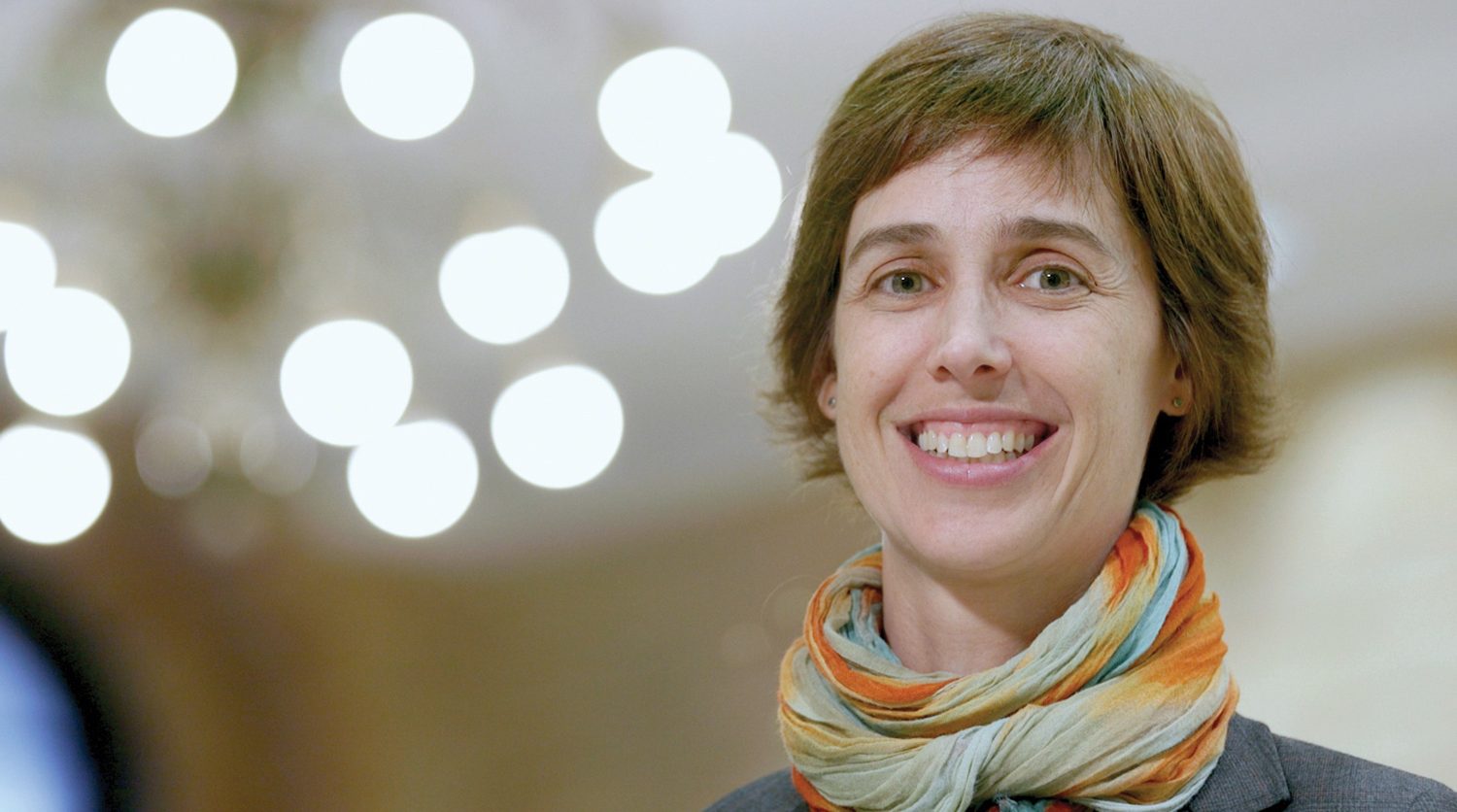
If you haven’t heard of Dr. Joelle Pineau yet, you soon will. The McGill University computer science professor is co-director of McGill’s Reasoning and Learning Lab and a superstar in Montreal’s booming AI (artificial intelligence) community. Pineau specializes in “reinforcement learning”: working to develop the kind of algorithms that will make machines smarter. It’s arduous, mind bending, pioneering work. “There are very few of us (women in this field) …that’s just the reality,” she admits. “The fact that I’m still here—that I’m still doing what I love is probably a testament to the fact that I was probably one of the lucky ones.” Her achievements and collaborations have helped put McGill and Canada on the map as emerging powerhouses in reinforcement learning. Among other things, Pineau set up the very first International Women in Robotics Workshop and insists that her health care-focussed innovation research helps drive “inclusive” patient focused solutions as well. Her team at McGill is currently working to develop an AI driven motorized, “smart wheelchair” that may one day be able to fully adapt itself to a patient’s needs. Her many other projects involve developing and testing AI agents to deliver precision, patient-tailored care for conditions like depression, schizophrenia and epilepsy. All the important AI-driven work that Pineau leads across multiple areas is done through key collaborations with researchers and clinicians in the department of Medical Physics at McGill, the Montreal Neurological Institute, the Douglas hospital and the Montreal Heart Institute. Pineau also leads the Facebook’s AI research lab in Montreal.
Chief Dr. Ronald Ignace and Dr. Marianne Ignace
GGIA citation: Chief Dr. Ronald Ignace and Dr. Marianne Ignace have created the model of collaborative approaches to research in and with Indigenous people and communities. It is a new approach to knowledge mobilization and the development of methods that deeply respects and furthers understanding of Indigenous peoples’ connection with land and language. Their work successfully combines advocating and practicing the deployment of western scientific knowledge in dialogue with the wisdom and knowledge of past and present elders.
Chief Dr. Ronald Ignace (Stsmél’qen) is a long-established community leader of the Secwepemc (Shuswap) Nation, a Chief of the Skeetchestn Band, and adjunct professor at Simon Fraser University (SFU) in British Columbia. His wife, Dr. Marianne Ignace (Gulkiihlgad) is a trained linguist, a professor of First Nations Studies and Director of the First Nations Language Centre at Simon Fraser University in British Columbia. The Ignaces co-authored Secwépemc People, Land, and Laws. The book, which won the 2018 Basil Stuart-Stubbs Prize, details 10,000 years of the Secwépemc (Shuswap) First Nation’s history. It is the culmination of the couple’s 30 years of linguistic and anthropological research and is being introduced into university curriculums across North America. Much of the wisdom and knowledge of elders that the Ignaces have managed to capture, translate and give context to involved Marianne conducting extensive interviews (with more than 150 elders) in Secwepemctsin—a critically endangered language—(believed to have less than 100 speakers). What some of those stories have unearthed, says Ron Ignace, is evidence of emerging laws and history that many never knew existed.
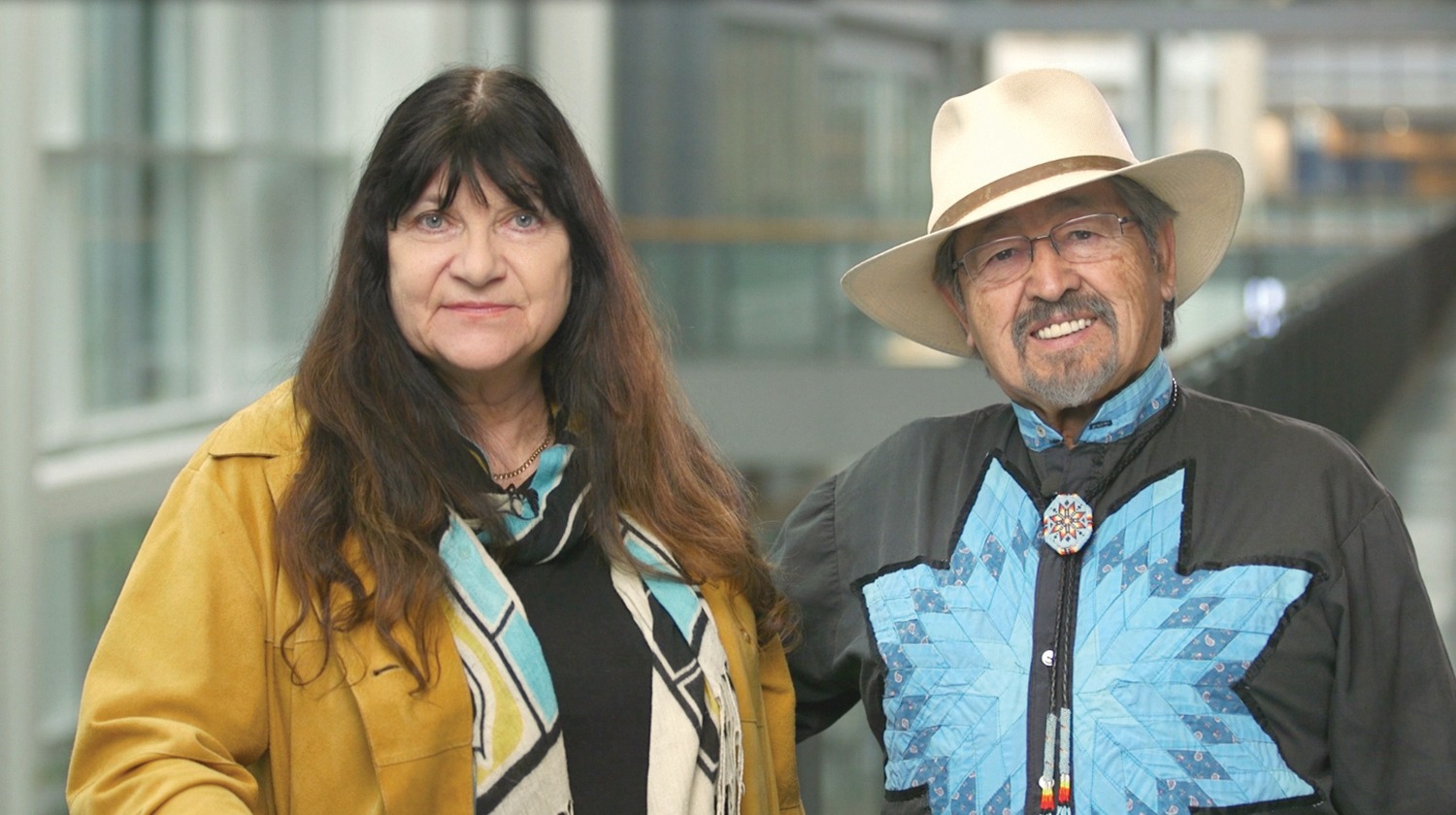
“These stories are 4,000-5,000 years old and they are the deeds of ancestors,” he explains. The Ignaces say they are hoping that finding this lost history will help many overcome the loss of dignity that is the legacy of years of colonial rule and the tragedy of residential schools. They believe language holds the key to healing. “Language embodies our laws, our vision, our identity.” says Ron Ignace. Internationally, the United Nations has declared 2019 The Year of Indigenous Language. It’s estimated that three quarters of some 90 living indigenous languages across the globe are in danger of disappearing.
Ron and Marianne Ignace remain deeply committed to ensure that does not happen. Their work has inspired and funded research across more than a dozen Indigenous language groups (within which there are believed to be more than 60 individual Indigenous languages spoken in Canada). Research has shown that for many Indigenous groups, having the ability to learn and speak their ancestral language gives many a lost connection with their culture. Ron Ignace says many of the oral tradition stories they captured in the book are not only timeless, but perhaps more applicable than ever in a time of so many conflicts. “In the last chapter of this book, it’s a story about coyote and porcupine, two nations at war. One kneels down before the other and tells their story, the other does the same and they have a ceremonial feast of healing at the end of it.”
Dr. Garnette Sutherland
GGIA citation: Dr. Garnette Sutherland developed a high field intraoperative magnetic resonance (MR) system that provides surgeons with exquisitely detailed, 3-D MR images during an operation. This innovative technology has been used in over 40,000 neurosurgical patients worldwide. Within this environment, an image-guided robotic system called NeuroArm was created, the world’s first robot capable of performing neurosurgery on a patient inside an MR imaging machine.
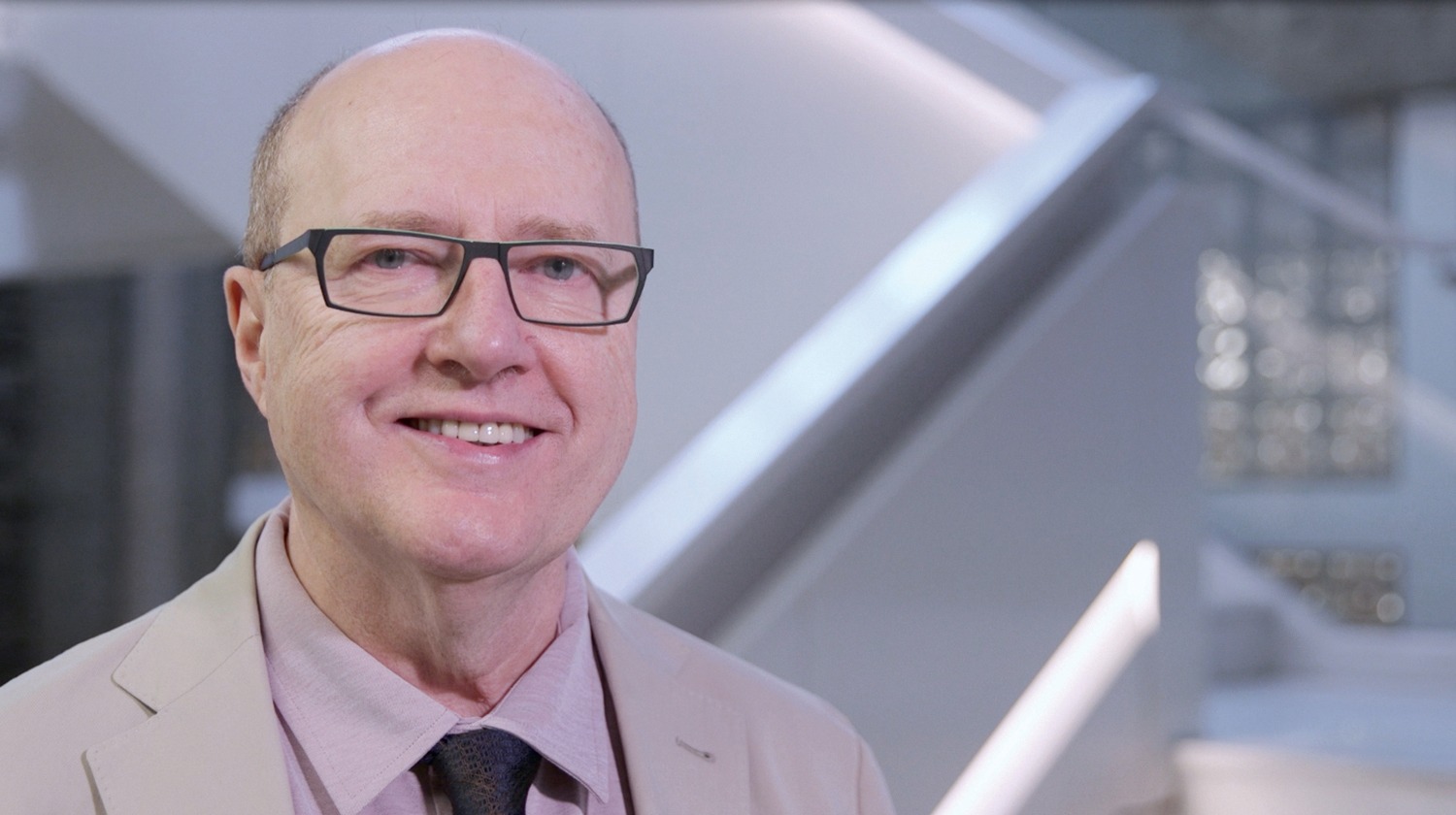
For Dr. Garnette Sutherland, professor of neurosurgery at the University of Calgary, it’s not brain surgery or rocket science, it’s actually a bit of both. Sutherland invented the world’s first magnetic resonance imaging (MRI)- compatible robot for brain surgery, called NeuroArm. As the name suggests, it’s an innovation inspired by another Canadian first—Canadarm—which performs special tasks aboard the International Space Station. The microsurgery device is controlled by a surgeon at a computer working in conjunction with MRI data, allowing surgeons to operate while a patient is in the MRI. The first intra-operative or iMRI is a complex innovation that started with a very simple desire for Dr. Sutherland—to improve patient outcomes. “The field of neurosurgery has lots of failures,” says Sutherland, who’s education included time spent at the world-renowned Montreal Neurological Institute. “During my time in Montreal, there were a lot of successes. Montreal was very well known for the treatment of epilepsy, but even in the most optimal epilepsy surgery only 70 or 80 percent of the people were cured. That leaves another 30 percent which we might call failures.” The NeuroArm has improved those outcomes by making previously unthinkable surgeries possible and surgeries that were highly ambitious more easily achievable. In 2015, Sutherland was awarded NASA’s top technology achievement award, the Exceptional Technology Achievement Medal, his third NASA honour. In 2012, he was named a member of the Order of Canada for his lifetime contribution to health care innovation. “Looking back at how it all came together I think that is unique to Canada that people from across our nation came together to build these technologies” said Sutherland. The next step is NeuroArmPLUS—a joint venture with Shenzhen, China that will bring the Canadian-based
innovation to a much broader global market.
Jad Saliba
GGIA citation: Jad Saliba, Founder and Chief Technology Officer, started Magnet Forensics to address the growing challenge police agencies face in the collection, analysis and reporting of digital evidence when investigating crimes such as human trafficking, child sexual exploitation and terrorism. In addition to consolidating hundreds of critical data types from smartphones, computers, IoT devices and cloud services, Magnet Forensics’ tools leverage artificial intelligence, advanced search techniques, and data visualization to help investigators uncover crucial digital evidence to convict or exonerate suspects.
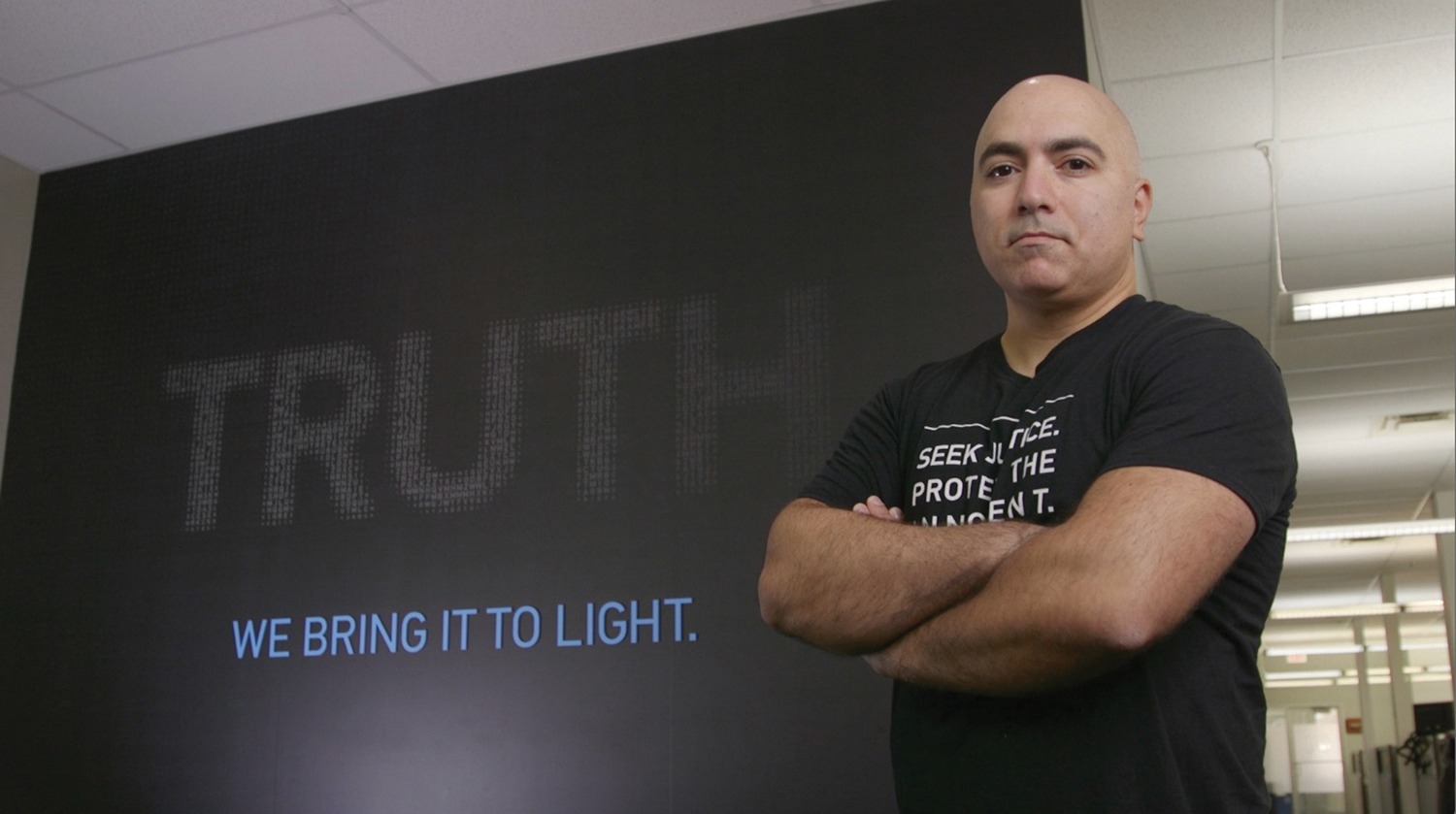
Magnet Forensics founder Jad Saliba was a member of the Waterloo Regional Police service when he was diagnosed with stage 4 Hodgkin’s lymphoma. Saliba did all he could to fight the disease and when he returned to work, he was offered a desk job in the digital forensics unit. The force had a growing need to access information across computers and mobile devices and Saliba had a background in computer science. “Facebook was just becoming really popular at the time, a lot of instant messaging, and we didn’t have easy ways of recovering that data. I remember coming home one day really frustrated that we couldn’t help an investigator out. Saliba spent his weekends and evenings troubleshooting, testing possible software solutions. When he got his breakthrough, he offered his initial design tool for free, partnering with law enforcement teams who would give him valuable design feedback. The project was working and soon Saliba left police work to form a company called Magnet Forensics. He partnered with Adam Belsher (Magnet’s CEO) and the business quickly grew. It now has over 200 employees. More than 4,000 agencies now rely on software tools developed by Magnet Forensics Inc. The company’s key product is Internet Evidence Finder, which combines AI, advanced search techniques and data visualization to help investigators uncover critical digital evidence. “Terrorism, child exploitation—those are the two areas that’s we really care about a lot.” says Saliba. Magnet’s software helped secure guilty convictions in the case of the Boston Marathon bombingfinding evidence to show Tsarnaev helped plan the attack and was not just “along for the ride.” The company’s mission is to “seek justice and protect the innocent”—something it tries to do on all levels. Employees support child and victim programs in the local community and Saliba volunteers with anti-child-exploitation groups like Operation Underground Railroad. One recent undercover operation he was a part of in the Dominican Republic led to the rescue 26 children. Saliba who’s never been one to back down from a difficult challenge, says that living through adversity himself has informed his desire to keep “paying it forward.” “The doctors and all the people who worked on the things that saved my life and gave me a second chance at life—I’m very thankful to them for all they do and most of them will never know that they helped me out personally and that’s similar to what we do with our software.”
June Draude
GGIA citation: Looking to find an alternative solution to children being away and in foster care, EGADZ Saskatoon Downtown Youth Center, together with community- minded investors and the government of Saskatchewan, joined forces to create Sweet Dreams. Using and innovative financing tool—a social impact bond—a first for Canada, Sweet Dreams provides a supported living environment where the family is kept intact and mothers are provided the tools needed to safely parent their children in the short, medium and long term.
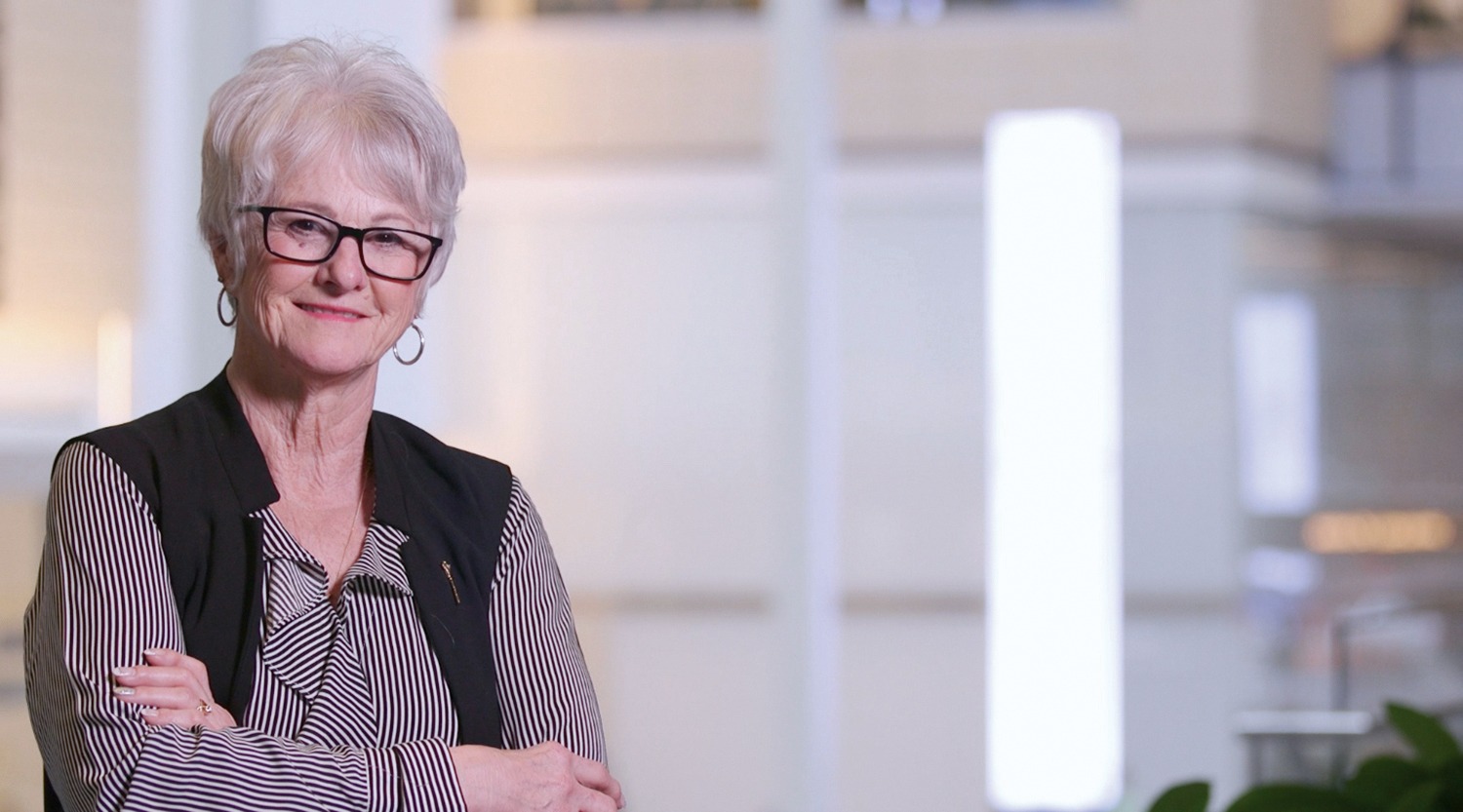
June Draude was serving as Saskatchewan Minister of Social Services when Don Meikle—Executive Director of the EGADZ Saskatoon Downtown Youth Centre—reached out with a pressing problem: an increasing number of young single mothers who had no place to live. Meikle’s idea was to provide a home for these at-risk young women to strengthen the bond between mother and child and to help keep the family together…he just needed funding. That’s when Draude remembered a novel idea that was gaining traction overseas in England. “I started thinking, maybe we can do something different,” says Draude. Draude, EGADZ, Connexus Credit Union and Colleen and Wally Mah (from North Ridge Development Corporation) came together to create a social impact bond (the first ever in Canada). It was an outcome-based approach: the aim was to keep 22 children out of foster care for six months after they’ve been through Sweet Dreams. It was estimated that in 5 years as much as 1.5 million dollars would be saved by the Saskatchewan government, while yielding a 5 percent profit back for the investors, who agreed to carry the risk. All of it focussed on supporting young single mothers with daycare, housing, as well as critical literacy and financial skills to help them form better futures for themselves and their children. “That house is just vibrant with young women who have children…and they stayed together, those moms, they went to work, they went to school, they helped build a daycare for their children,” beams Draude. Over the past five years, Sweet Dreams has seen an incredible success rate with 53 out of 54 children remaining with their moms. Draude says, “We can put our name on a building somewhere, we can be sponsors, but at the end of the day we all have to go home and say to ourselves—how did we make a difference?”
Jacqueline Milczarek is a longtime national network broadcast journalist, currently President of National Content Solutions based in Toronto, Ontario.
